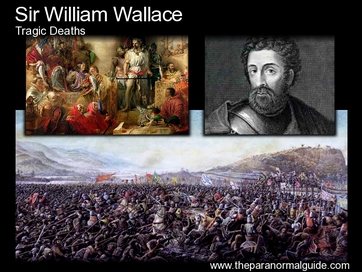
He was eventually captured, taken to London and executed in a tragic, brutal manner, by King Edward I.
Victory!
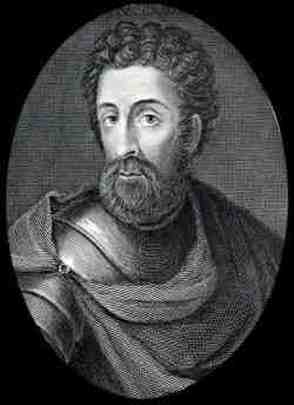 William Wallace
William Wallace Born around 1272, he is generally thought to have been the second child to Sir Malcolm Wallace, the Laird of Elderslie and Auchinbothie. He was not the eldest child, so was not assumed to inherit, and as such, spent much of his early life with his uncle, a priest. He was taught martial arts, horsemanship and swordsmanship. Unfortunately, Wallace’s Father and Brother were killed in a battle, making Wallace the heir to his father’s title.
King Edward I of England, otherwise known as Longshanks, had long desired to settle Scotland under his rule. When the King of Scotland died suddenly, without issue, his opportunity arose. The reasons for Longshanks invading Scotland are long and sordid… and are only relevant to this story in that they are what caused William Wallace to start his rebellion. So I will leave out all of the nitty gritty and just get to Wallace’s story.
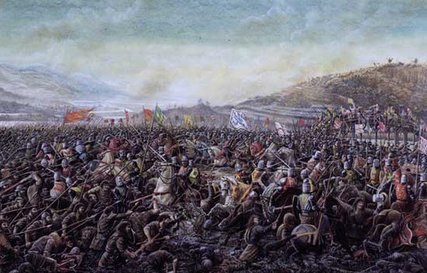 The Battle of Stirling Bridge
The Battle of Stirling Bridge It is said that Wallace’s victory was only so absolute because the English horses were unable to manoeuvre their way through the marshy ground, coupled with the fact that the English troops where were trapped on a narrow bridge. It still sounds like strategic genius to me, so complete credit goes to Wallace.
Defeat!
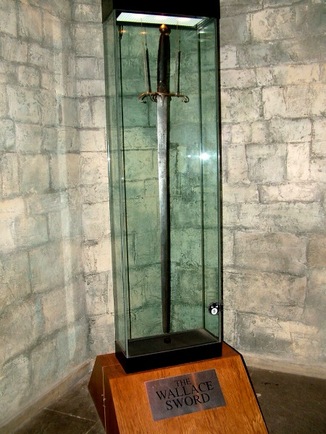 The Wallace Sword
The Wallace Sword This victory crushed Wallace’s spirits, and he was never again able to regain the status he had. In late 1299, Wallace decided to travel abroad and try and enlist foreign help. He travelled to France, and to Rome, hoping that the Pope would exert influence to try and curtail English deprivations in Scotland. He was finally captured by the English in 1305 and taken to London, and that is when his tragic death began…
Wallace was bound and marched through London in the middle of summer, as though he was some sort of military trophy. His trial was carried out in Westminster Hall on 23 August, 1305, before a bench of noblemen. His crimes were read out, a long indictment, which detailed his military victories, but which also included the murder of many English prisoners-of-war and treason against the King. Wallace yelled out, admitting all the charges against him except treason, arguing that he had never sworn allegiance to the English throne. Although this was a valid point, it mattered little, as Longshanks wanted him dead. Revenge tasted better than justice. Of course he was found ‘Guilty’. It is said that Edward Longshanks decreed that treason was a triple crime: against God, against man and against the King, so therefore a triple death sentence was issued – that he be hanged, eviscerated and decapitated.
Freedom!
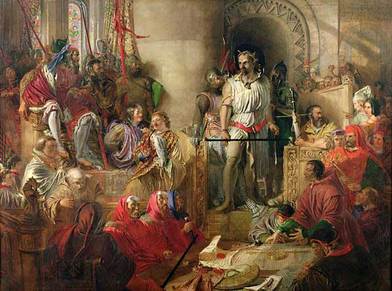 The trial
The trial He was dragged to the Tower of London, and then on to Smithfield. He was then hanged, but before he could strangle to death, his noose was loosened.
While still held upright by the hangman’s rope, his genitals were cut off and burned in a brazier placed in front of him.
His stomach was then cut open and he was ritually disembowelled, with his entrails also being burnt in the brazier.
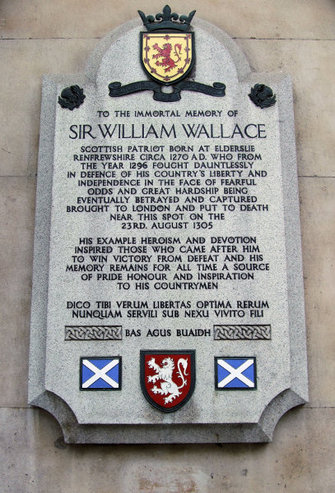
The rest was done fairly quickly, as Wallace had died by now, so the ‘fun’ was gone. Wallace was decapitated, then ‘quartered’, his body cut into four pieces. Parts of his body were sent to Berwick, Newcastle upon Tyne, Stirling and Perth, to demonstrate the price of treason. His head was set on a spike and mounted above London Bridge.
The King thought this horrible death would quell any talk of rebellion, but he was very wrong. In June, 1314, Robert the Bruce of Scotland defeated a much larger English army under Edward II at the Battle of Bannockburn. This battle marked a significant turning point in the battle between the English and the Scottish people.
Put together by Ashley Hall 2013
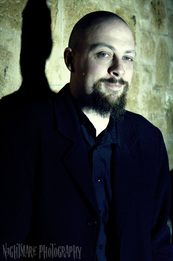
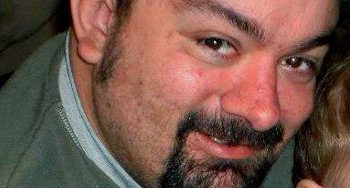


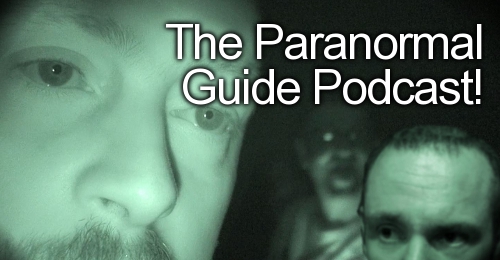
 RSS Feed
RSS Feed
